In short, when comparing megapixels vs resolution, megapixels only refers to the total number of pixels in an image, while resolution refers to the aspect ratio of the image, but will also allow you to work out the number of pixels within it.
The terms megapixel or MP and ‘resolution’ are often used in the same breath. We often hear the question ‘What is the resolution of a camera?’ and understand it to mean, ‘How many megapixels does it have?’
With more and more pixels fitted onto smaller and smaller sensors, there seems to be a general belief that a mobile phone can equal a professional camera, which isn’t too far from the truth if megapixels were all that mattered. But it isn’t.
Having been a photographer for over 20 years and moved from film to digital in the early 2000s, I can vouch that megapixels are often overrated.
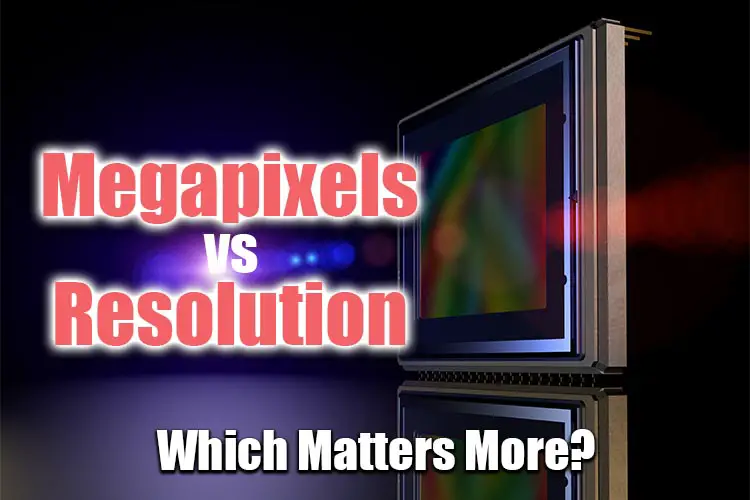
What are Megapixels?
Megapixels indicate the number you arrive at when you multiply the width pixels and the height pixel numbers.
For example, a 10MP image could mean 1000 pixels width and 1000 pixels height; it could also indicate an image of 200 pixels width by 5000 pixels height (both equalling 10 megapixels).
So, the aspect ratio of your camera’s sensor plays a part within which the pixels are distributed. Many camera models allow you to change this aspect ratio.
What Does Resolution Indicate?
The resolution of an image is an indicator of the width-into-height ratio and the number of pixels within that ratio.
It is more or less accepted that the human eye can differentiate no more than 300 dots per square inch when looking from a laptop viewing distance. That is why digital artists ensure that an image going into print is at least of the resolution of 300 DPI or PPI (pixels per inch).
That means resolution and the viewing distance are related. The shorter the viewing distance, the larger the resolution should be. Otherwise, the image will appear pixelated.
Let’s take an example. The new iPhone 13 with 6-inch screen has a resolution of 2532 x 1170 pixels, and a retina display of 460 PPI. However, the MacBook Pro 13-inch has a screen resolution of 2560 x 1600, which is 227 PPI. Yet both count as Retina displays.
Do More Megapixels Mean Better Pictures?
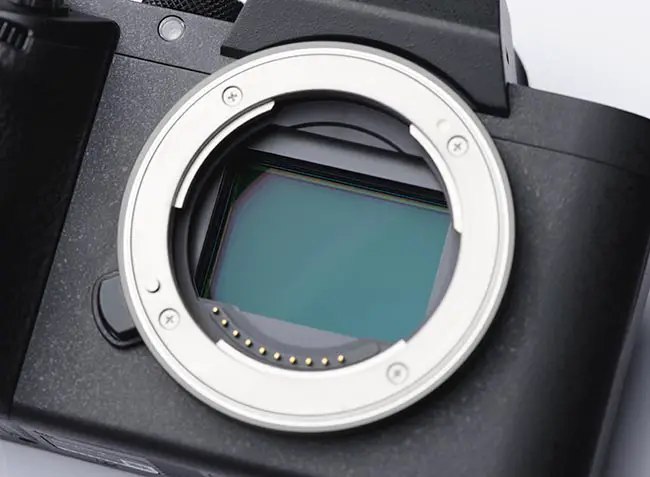
In most cases, yes, it does – as far as you’re talking about the enlarging capability of a file (think larger prints and more zoomed-in views possible).
The more the megapixels, the more the data your camera has recorded, and it also means a greater detail.
High-megapixel digital cameras such as the Leaf or Phase One and Hasselblad offer over 40, 60, and sometimes 80 megapixels of data. The Nikon D800 series offers 40 megapixels within its full-frame sensor, smaller than medium format sensors.
But when does it matter when your eyes can differentiate no more than 300 dots per inch?
It matters if you’re going to crop your image and make a large print of a small portion of it.
Other than that, I believe the megapixels wars have been over-fought by camera makers, more as a selling point than an absolute requirement by the average photographer.
So, Should You Always Go for High Megapixels?
You might think that there is no harm in a high megapixel count, even if the image doesn’t strictly demand it, but that isn’t entirely true. Larger image files demand higher processor speeds for your computer to handle the editing; add larger RAM requirements to that.
Now that wouldn’t matter too much if you were to edit a few images at a time, but what about wedding photographers? Handling hundreds, sometimes thousands, of photos after every wedding shoot can leave you with utter frustration when your editing software crashes.
The Optics that Time Forgot
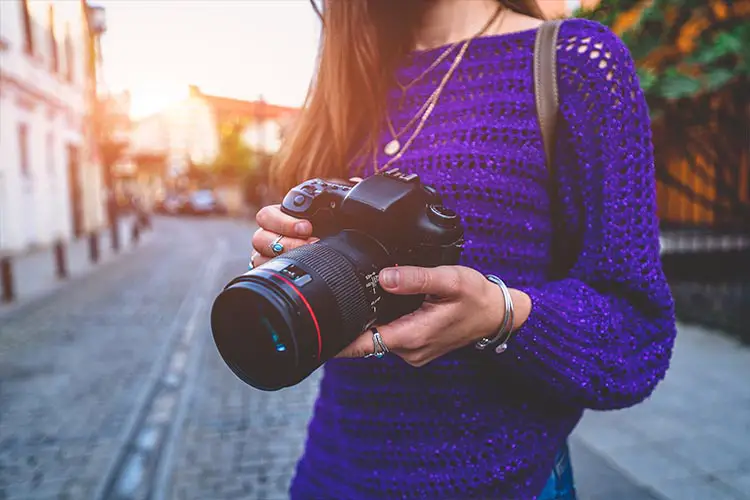
While speaking of megapixels versus resolution, we often forget the essential element of making a photograph – optics.
The size of the image that a lens creates and the size of the light-capturing medium have a more significant role to play in the final image quality than just megapixels or resolution.
The way a larger sensor renders an image from a high-resolution lens with a large field of focus creates images that a mobile phone with a small sensor never can achieve – no matter the resolution!
So How Many Pixels are ‘Enough?’
In my opinion – and that is always going to be subjective – the megapixel challenge reached an acceptable peak at around 12 MP images. Anything more than that is a quality of resolution that you don’t need for most applications such as portraiture, fashion, or product photography.
Add to that the fact that larger prints require longer viewing distances, and a 100-megapixel file isn’t going to make any difference to the viewer unless you plan to go up close and look it up with a magnifying glass!
I hope this article has shed light on the seemingly futile debate between megapixels and resolutions. It would make much more sense to many more of us had camera manufacturers spent more effort to put fewer megapixels on larger sensor dimensions than to do the reverse by squeezing in as many megapixels into smaller sensors as possible.
Well, that’s another discussion altogether – the logic behind how these things are planned, why e-film never came to be released, why kit lenses are what they’re. Perhaps, I shall discuss those at a later time.
Read More:



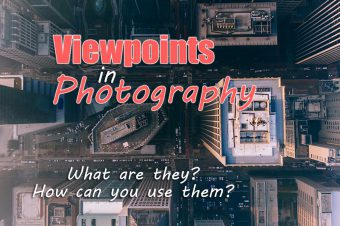
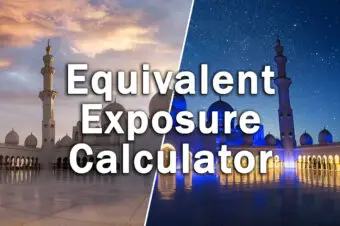
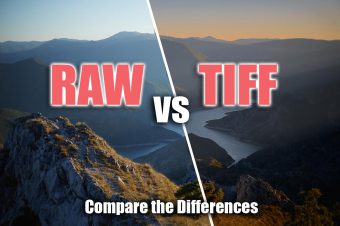
Leave a Reply